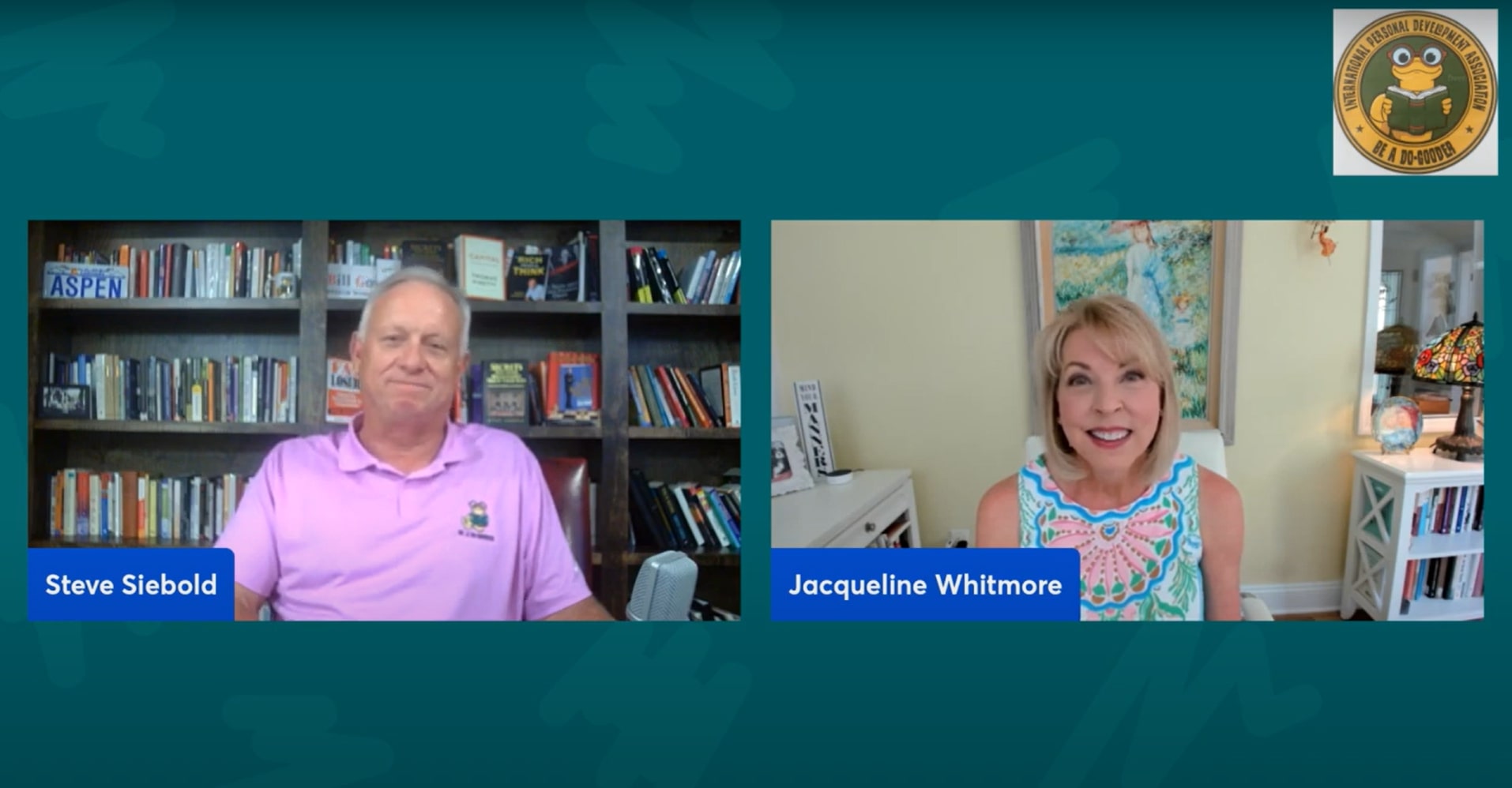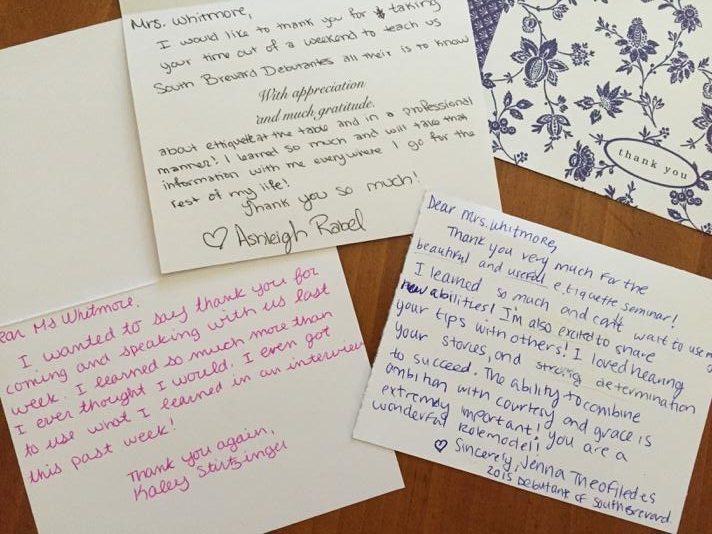
8 Business Networking Tips for Introverts
One thing most people don’t know about me is that I have to “work” at networking. It doesn’t come easy to me and it can sometimes be downright uncomfortable at times.
I teach networking skills to business men and women all over the world and many of them experience the same anxiety I feel when I walk into a room full of strangers. Although I wouldn’t consider myself an introvert, I do empathize with many friends who are shy or intimidated when they are in social settings.
Networking can be challenging for anyone, but especially for introverts. If you’re an introvert, you probably tend to do well in smaller, more intimate settings, where you know one or more people. To help you improve your networking skills, here are several tips:
- Temper expectations: Try not to set unrealistic expectations for how many connections you need to make. Networking isn’t a numbers game. It’s more about quality than quantity.
- Plan ahead: Think of some good icebreakers, such as open-ended questions that can spur conversation. For instance, you could ask, “What’s your favorite part of your job?” or “How do you know the hosts of this event?”
- Set a departure time: Decide when you’d like to leave a networking event ahead of time. This often makes the situation far less intimidating. You may get comfortable in the environment quickly and stay longer than you anticipated.
- Use mutual contacts: If there is a specific person you want to meet, find a common connection, to see if he or she can introduce you. Rather than just approaching someone out of the blue, it helps to find a mutual acquaintance to foster a stronger relationship.
- Use your listening skills: Introverts are known to be great listeners so you probably have a leg up on others who talk too much at networking events. Your listening skills will help you stand out as someone who values others’ comments and opinions, which can give people more of a reason to remember you.
- Get personal: Asking multiple questions without ever sharing any information about yourself can make people feel as if they’re being interrogated. A conversations is like a two-way street. Share personal information, like your hobbies and interests, as a way to help others remember you once the event is over.
- Practice: If you are nervous about networking, challenge yourself with no-risk or low-risk situations. Attend an out-of-town event where you don’t know anyone and then practice your networking skills. This will provide you with an opportunity to experiment with new conversations or stories.
- Take baby steps: Not all networking needs to take place at a specific “networking” event. Take advantage of everyday situations. Casually socialize with colleagues around the office or invite a different coworker to lunch each week.
My hope is that these tips and other tips I share on Entrepreneur.com will give you more confidence and help you make more connections in your business and social life.






